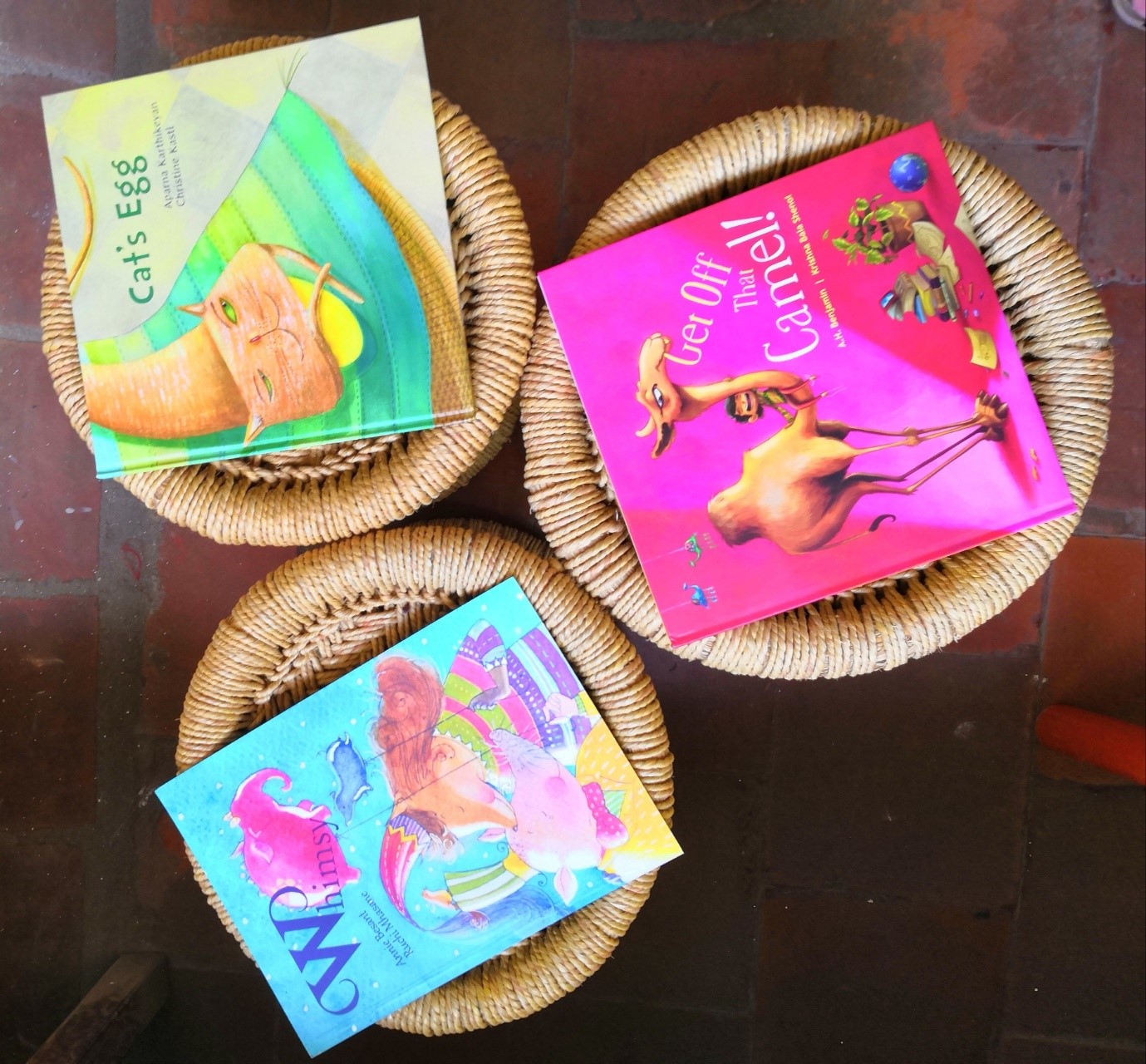Children’s Books and Inheritance
We grow up alongside our books, but the ones we read and love early on in our lives always hold a special place in our hearts. As our straggling handwriting espousing name and ownership at the corners slowly mature, we somehow keep coming back to the yellowed, dog-eared and sticky-paged books we’d read as children. We’re the only ones that can truly read between the heavily underlined lines, laugh at the nonsensical comments in the margins and, in short, make sense of it all. Some of our life’s earliest fully-formed thoughts and ideas are all written down in our first books – however embarrassed we might be of them now.

There will always be something about reliving the nostalgia and seeing and feeling things from our childhood that will forever be a place of solace. We seek solid ground in unsteady times by revisiting stories and characters that are familiar to us and somehow, they’re always there to give us comfort. But somewhere along our passage from childhood to adulthood we slowly go from wanting to never give up our beloved treasures to saving them up for someone special – a friend, a parent, another child – someone you know will value and cherish this thing you’ve handed over with the love and respect it deserves. This parting with is turned into an endowment of sorts that passes on a legacy, a story, a memory, an experience. We hoard books from our childhood, not knowing that one day they’ll realize a very different end purpose. It’s why we’re sometimes so acutely protective of them. They hold parts of us from when we were at our most vulnerable and always will. This is why the makers of children’s books have to take into extra account the durability of their product. Kids’ books are made from the very beginning to last, to be – at the very least – in a single piece for when their owners feel like revisiting them no matter how long a wait that might turn out to be. Granted, this doesn’t mean that they can take whatever comes their way, wade through fire and magically stay pristine against the almighty threat of silverfish in book cupboards without mothballs. What it does mean is that their wear and tear is now just as accepted as a part of them as their stories are. We get from them some of our earliest lessons in loving things a little less than perfect that are somehow all the better for it. They act as foundations to larger ideas we will build on as we grow older and read bigger books with bigger words in them.
These books will always be more to us than just literature meant for kids no matter what anyone says to convince us otherwise. We might read new meaning into it now that someone’s taught us to do that, but that’s just us. Additionally, the tactile feeling of interacting with physical embodiments of your early years is so vastly different from revisiting them through e-anythings. We, as a generation, are uniquely aware of this difference because of our gradual need to welcome the digital age with the widest arms. We are left to straddle some very diverse and polarizing changes in how we consume stories. Children’s books – physical versions of them – therefore, become an even more important symbol of inheritance, one that has wider reaching meaning than just the individual. The handing over, after the holding onto, therefore becomes more vital than ever. A collective benefaction to the children now from the children who were, proclaiming that we’re leaving behind something of us that is tangible for a good long while, even after we’re gone.





